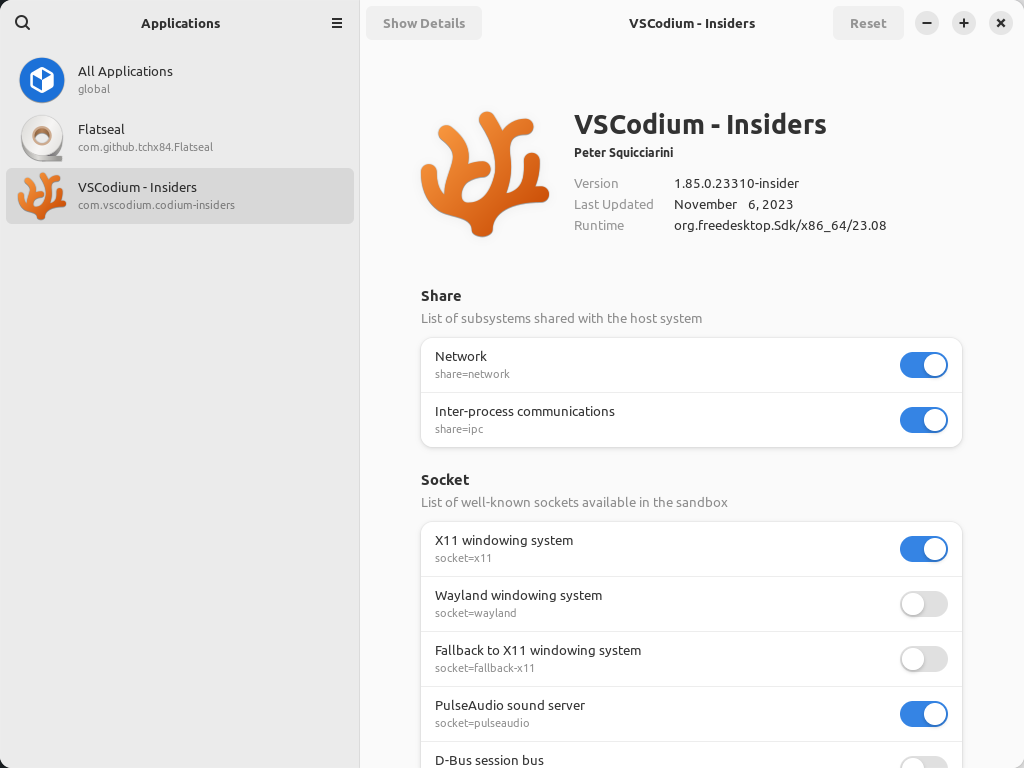I recently wrote an article about Flatpaks. It was aimed at Lubuntu but the directions will be adequate for many others. If you use Mint, for example, you have nothing to do as the OS already supports Flatpaks right out of the box. Others need to do a simple installation and they're good to go.
So, Flatpaks come with various permissions set. They run in isolated containers and without those permissions, they'd not be able to interact with the system or use system resources. Some level of permission is probably required in most of these applications. However, you can - and might want to - modify those permissions.
This is relatively straightforward. It's an easy enough process with something called 'Flatseal'. This article is mostly just bringing that application to your attention.

 linux-tips.us
linux-tips.us
If I could have assumed everyone had Flatpak enabled with the Flathub repository configured, it could have been a 'short' article. Alas, I can't make such assumptions and it's slightly longer than it could be. Still, it's very short when compared with other articles.
So, Flatpaks come with various permissions set. They run in isolated containers and without those permissions, they'd not be able to interact with the system or use system resources. Some level of permission is probably required in most of these applications. However, you can - and might want to - modify those permissions.
This is relatively straightforward. It's an easy enough process with something called 'Flatseal'. This article is mostly just bringing that application to your attention.

Set Individual Flatpaks Permissions With Flatseal • Linux Tips
This will be an article about Flatpaks permissions and how you can set said Flatpaks permissions with Flatseal.
If I could have assumed everyone had Flatpak enabled with the Flathub repository configured, it could have been a 'short' article. Alas, I can't make such assumptions and it's slightly longer than it could be. Still, it's very short when compared with other articles.

